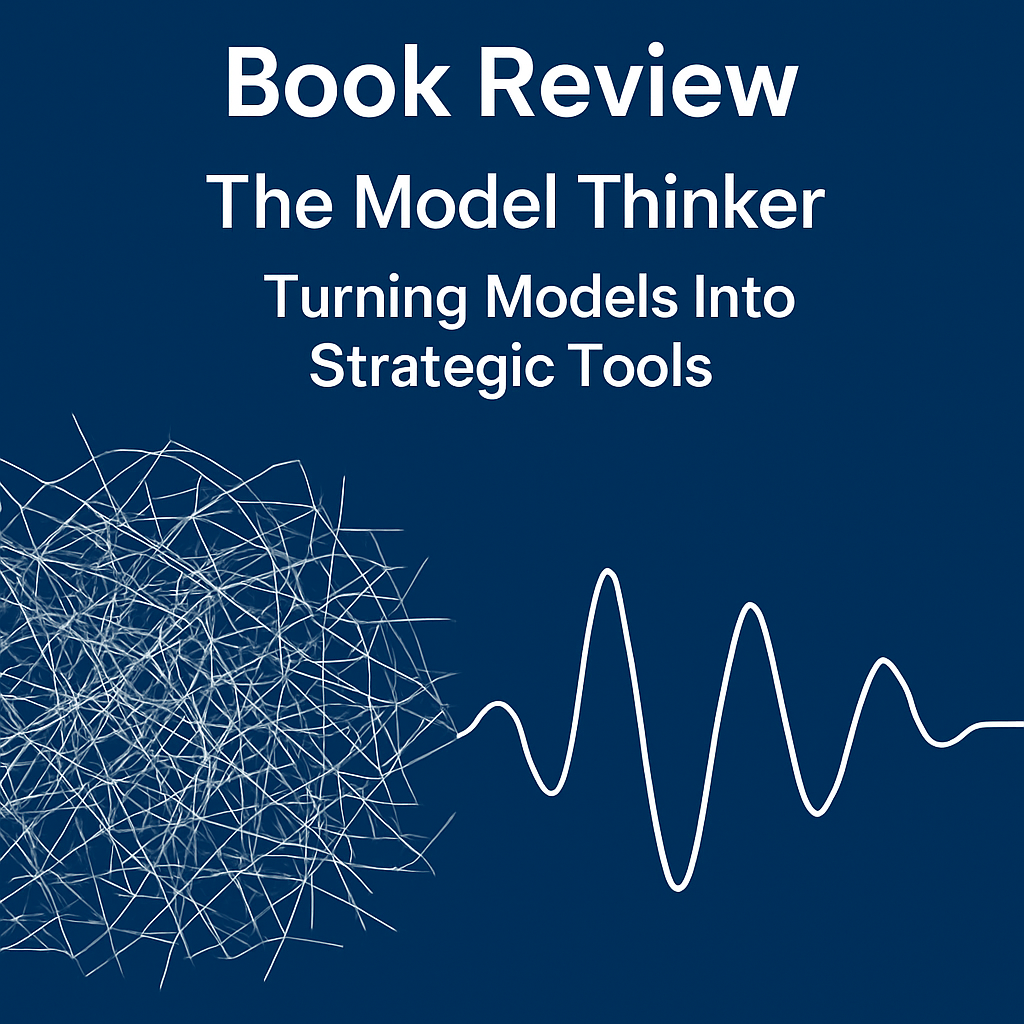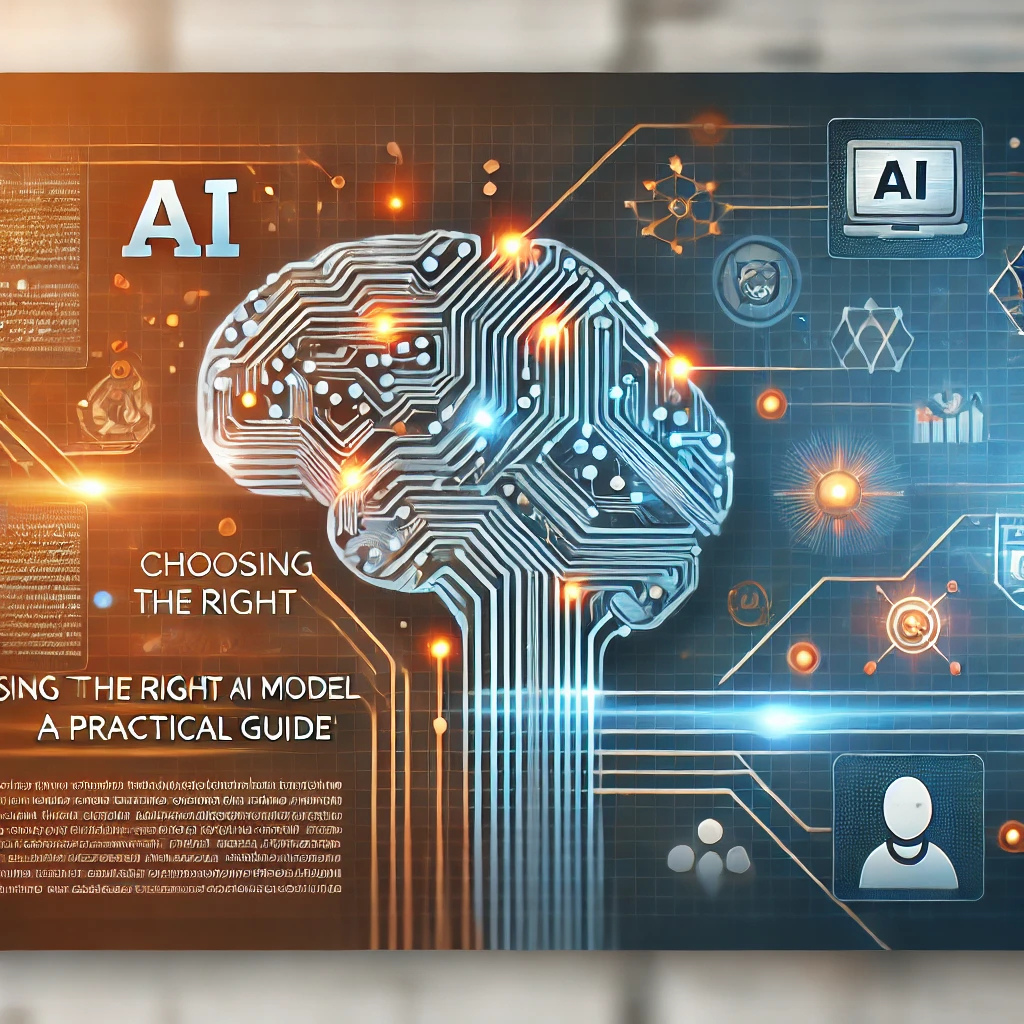Model Thinker by Scott Page, a Book Review

📖 Book Overview
Title: The Model Thinker: What you need to know to make data work for you
Author: Scott E. Page
Published: 2021 (expanded edition)
Genre/Focus: Popular Science
🧠 Why I Read This
As part of my ongoing Doctoral research into Business, Accounting, and Artificial Intelligence, I sought out this book to deepen my understanding of model-driven thinking—a critical skill for modern leadership. Data models are the often-hidden underpinnings of the Information Age, and much of what people refer to as “AI” today is actually fast, layered modeling. My goal was to sharpen my ability to interpret, apply, and challenge models effectively. The Model Thinker delivered valuable tools that I am already applying in strategic decision frameworks.




